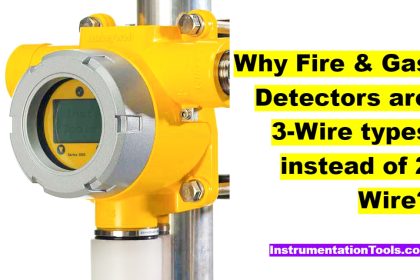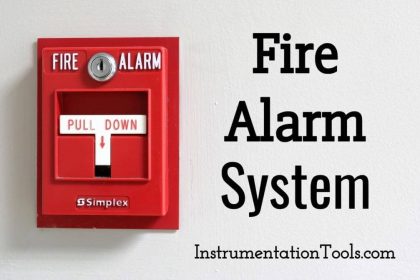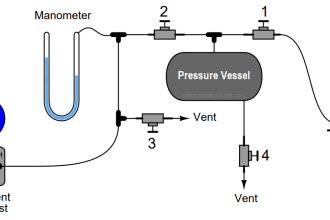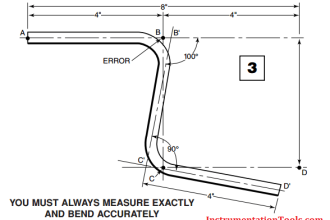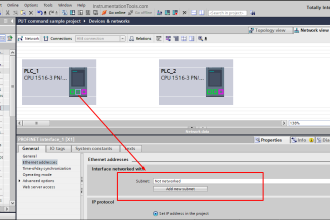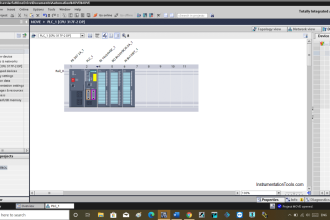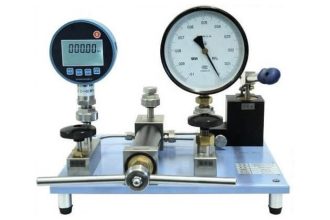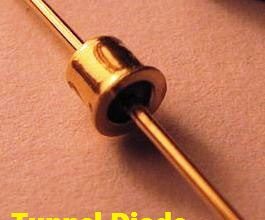Read the Objective Questions of Building Fire and Gas Detectors, Building Automation Objective Questions and Fire & Gas System Engineers MCQ.
Building Fire and Gas Detectors
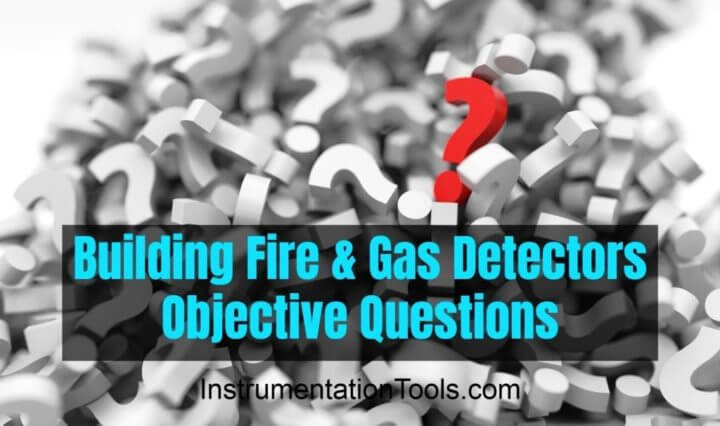
1 What is the best tool available to us that can prevent a fire from creating victims?
a) a smoke alarm
b) a fire hydrant
c) a telephone
d) an extinguisher
2 Is it mandatory to have a smoke alarm in a house or dwelling?
a) no b) yes, in most municipalities
c) yes, in all municipalities
3 How many smoke alarms is it suggested to have in a dwelling or a house?
a) one per room
b) one is enough
c) one per floor
4 At what location is it preferable to install smoke alarms?
a) in the residence’s main entrance
b) in the laundry room, the kitchen and the bathrooms
c) in the hallways, near the bedrooms
d) in a room exposed to fires (e.g.: kitchen, living room with fireplace, etc.)
5 In an apartment building, who is responsible for testing and maintaining smoke alarms, including replacing the battery?
a) all tenants
b) the tenant of each dwelling
c) the landlord
6 What should be done when the smoke alarm emits intermittent audible signals?
a) remove the battery
b) call the Fire Department
c) replace the battery
d) replace the smoke alarm
7 What should be done when the smoke alarm emits a continuous signal?
a) panic and scream
b) call the Fire Department right away
c) attack the fire
d) leave and gather outside the residence
8 When must a smoke alarm be replaced?
a) every 5 years
b) every 10 years
c) every 20 years
d) never
Answers
1 Answer : a) According to statistics, a smoke alarm that works reduces the risk of death by half in the event of a fire. It also considerably reduces material losses, since the firefighters are called to the scene of the fire sooner.
2 Answer : b) Most municipalities have a by-law requiring installation of smoke alarms. The smoke alarm allows the occupants of a dwelling or house to leave quickly before the smoke spreads. It saves lives, especially when a fire breaks out at night when everyone is asleep.
3 Answer : c) For greater safety, it is generally recommended to have one smoke alarm per floor, including the basement. It is also suggested that smoke alarms be installed in bedrooms where people sleep with the door closed.
4 Answer : c) In the hallways, near the bedrooms, ensuring that there are no obstacles that prevent smoke from circulating. They are installed on the ceiling or on the walls, at a distance of 10 to 30 cm (4 to 12 in.) from the wall or ceiling.
5 Answer : b) The tenant of each dwelling is responsible for testing and maintaining smoke alarms and replacing the battery as needed. However, the landlord must install at least one smoke alarm per dwelling and replace them when necessary.
6 Answer : c) The battery must be replaced when the smoke alarm emits intermittent audible signals. These signals indicate that the battery is too low. When moving the clock back or forward in the fall or spring, take the opportunity to test the battery and replace it as needed. Never install a rechargeable battery. To test the smoke alarm, press the test button located on the casing for a few seconds. You should hear the signal immediately. To check if the smoke alarm detects smoke properly, extinguish a candle near it.
7 Answer : d) You must leave immediately and call the fire department from a safe location. Ensure that all the occupants have evacuated the dwelling or house. It is suggested that you prepare an evacuation plan with your family or cotenants in case of fire and provide for a gathering point outside. You must never go back inside a burning building.
8 Answer : b) It is recommended that smoke alarms be replaced every 10 years. Go by the useful life generally indicated on the smoke alarm casing. If it is damaged, dusty or doesn’t emit a signal after the battery has been replaced, change it.
